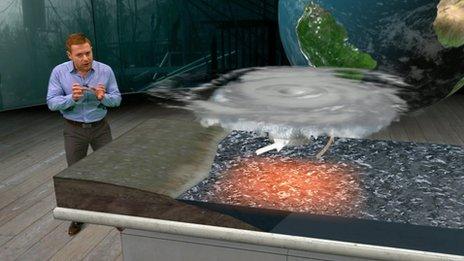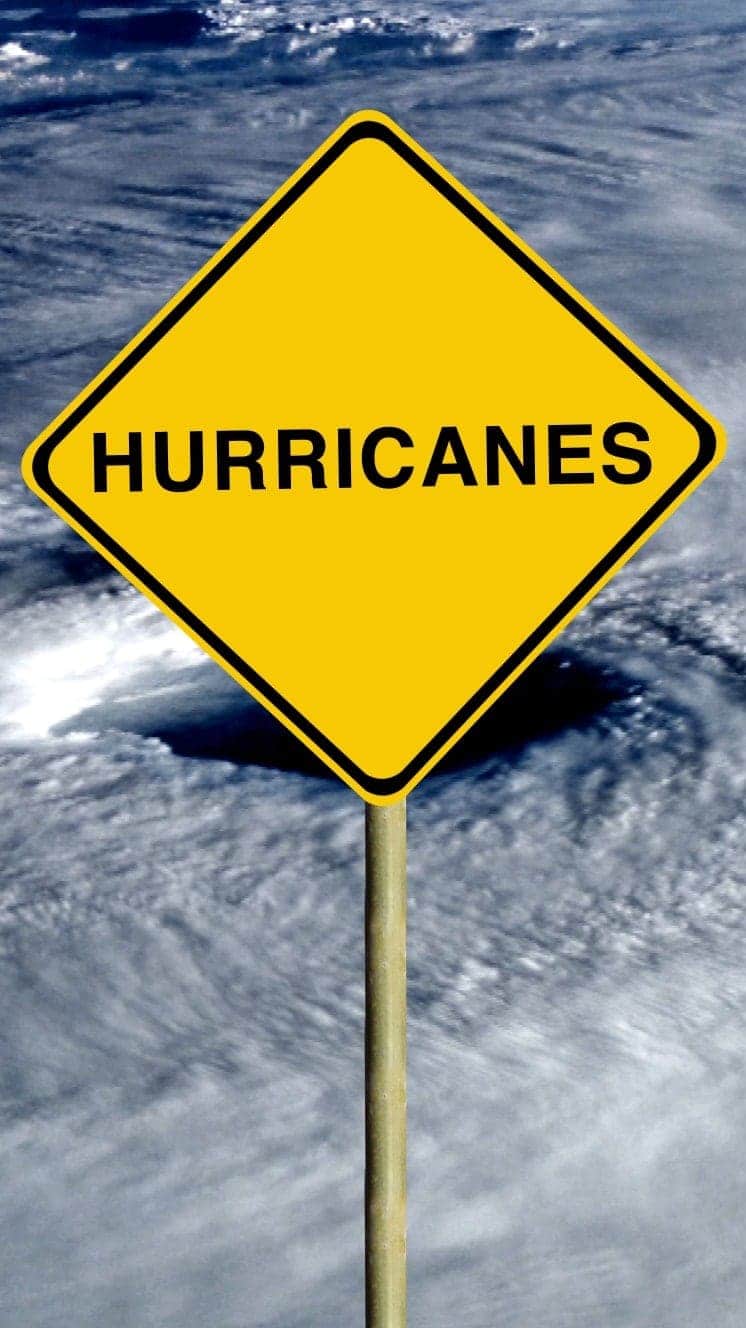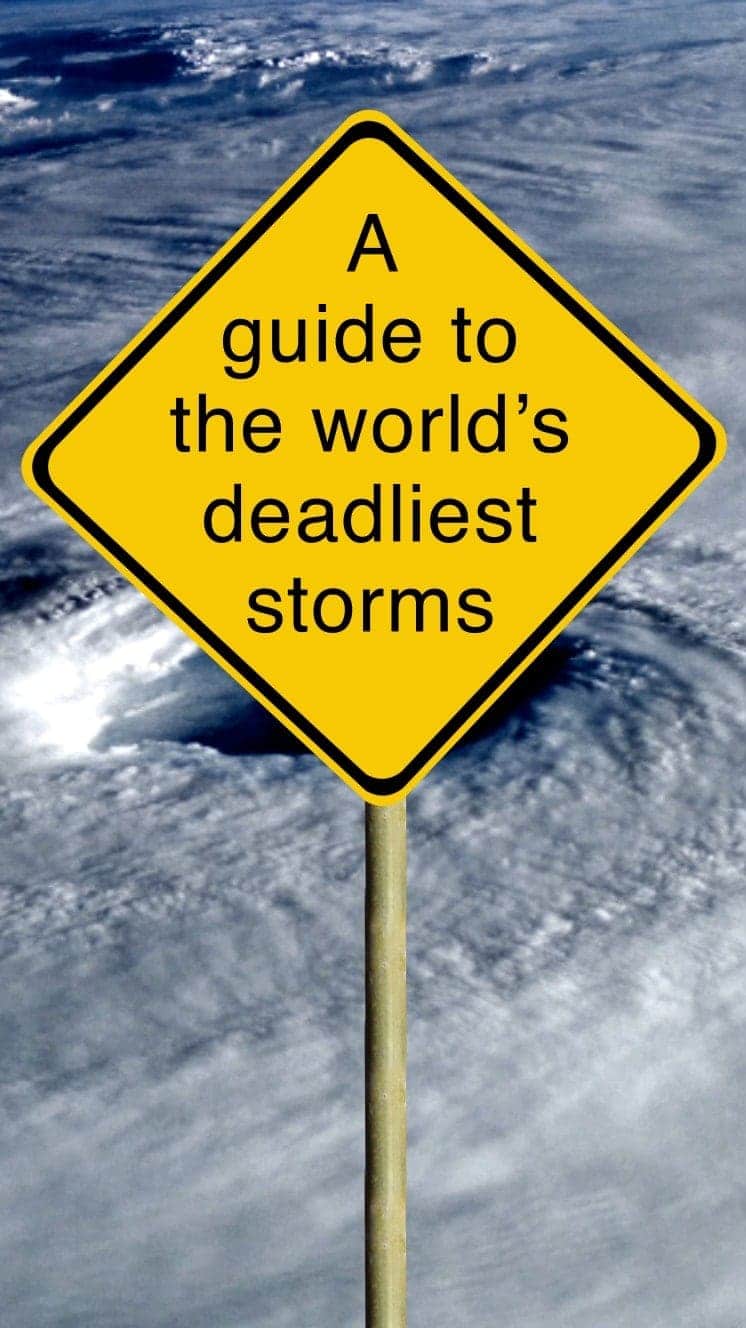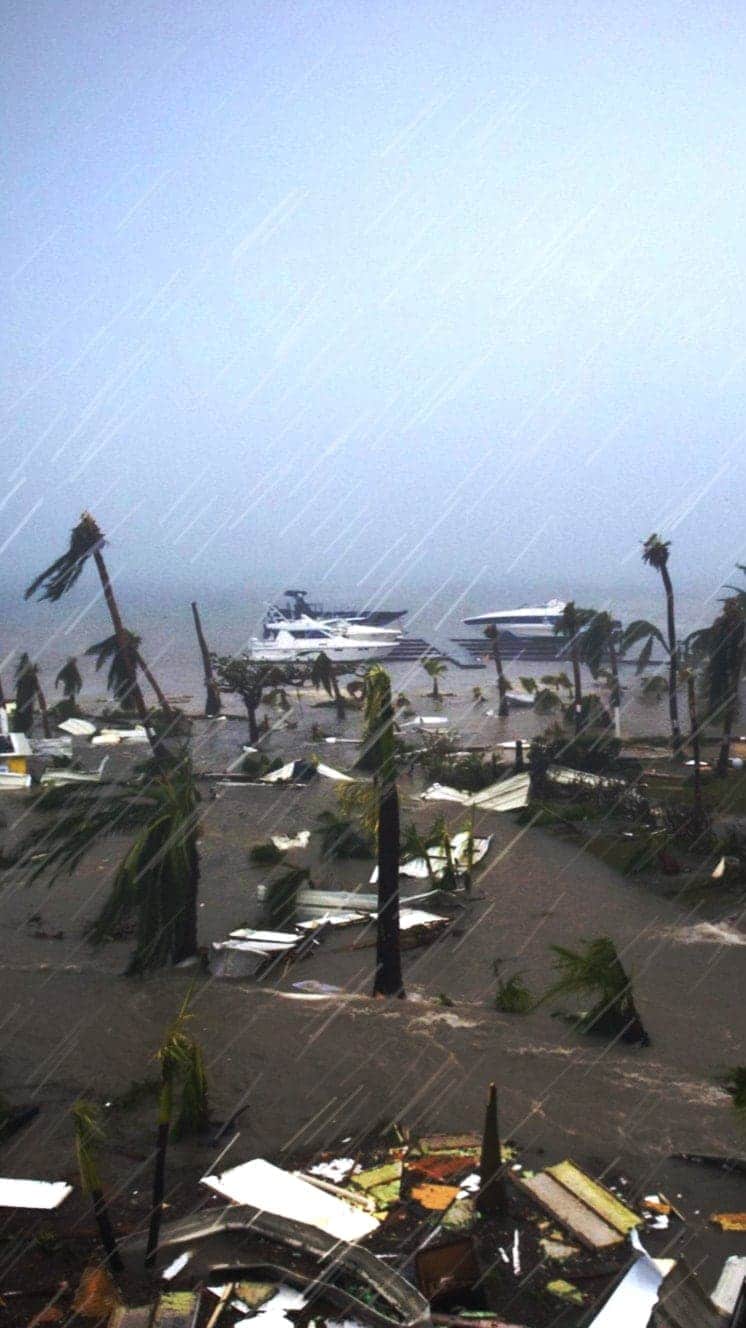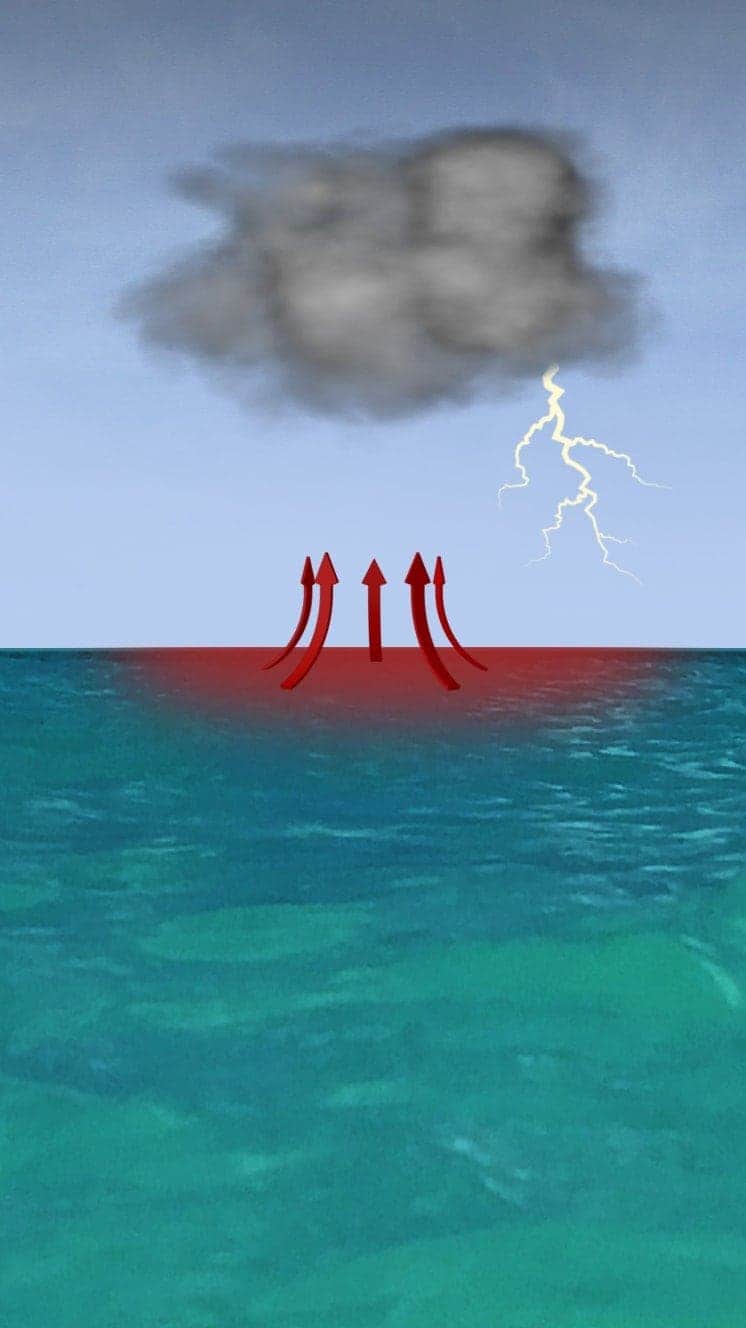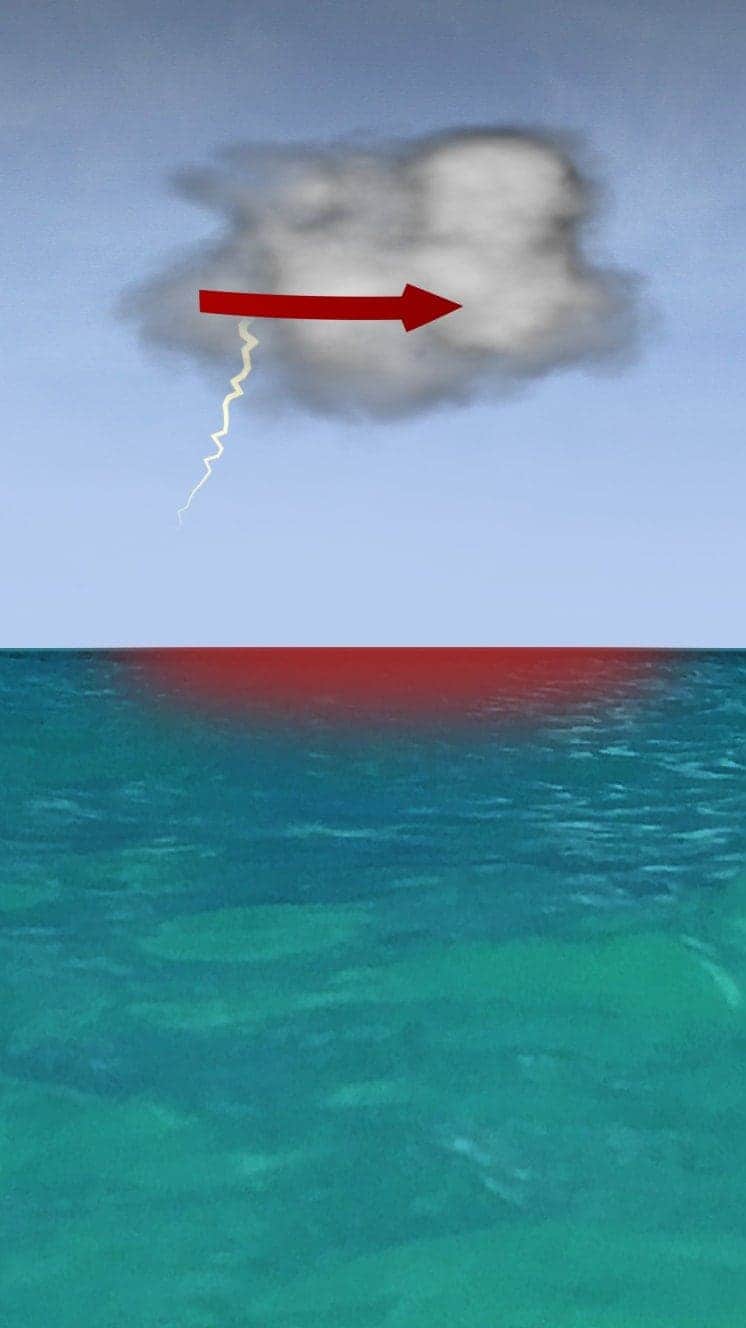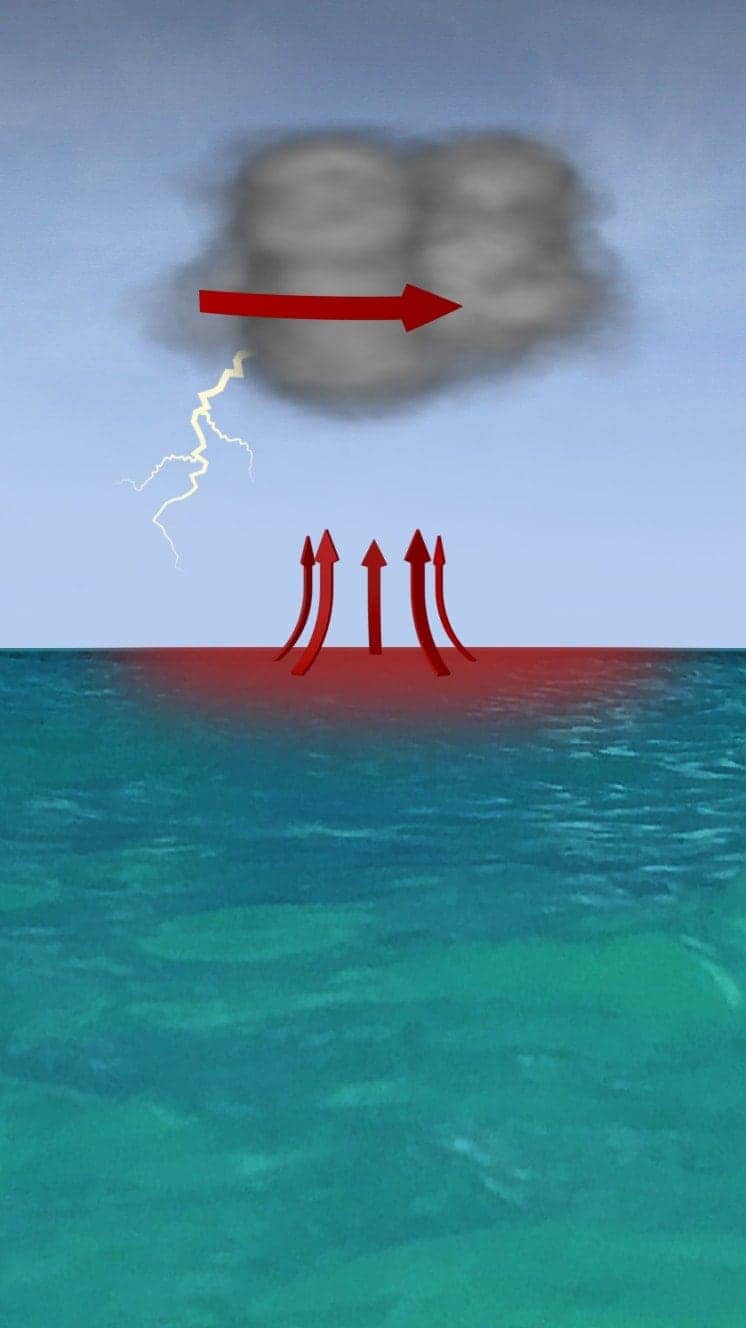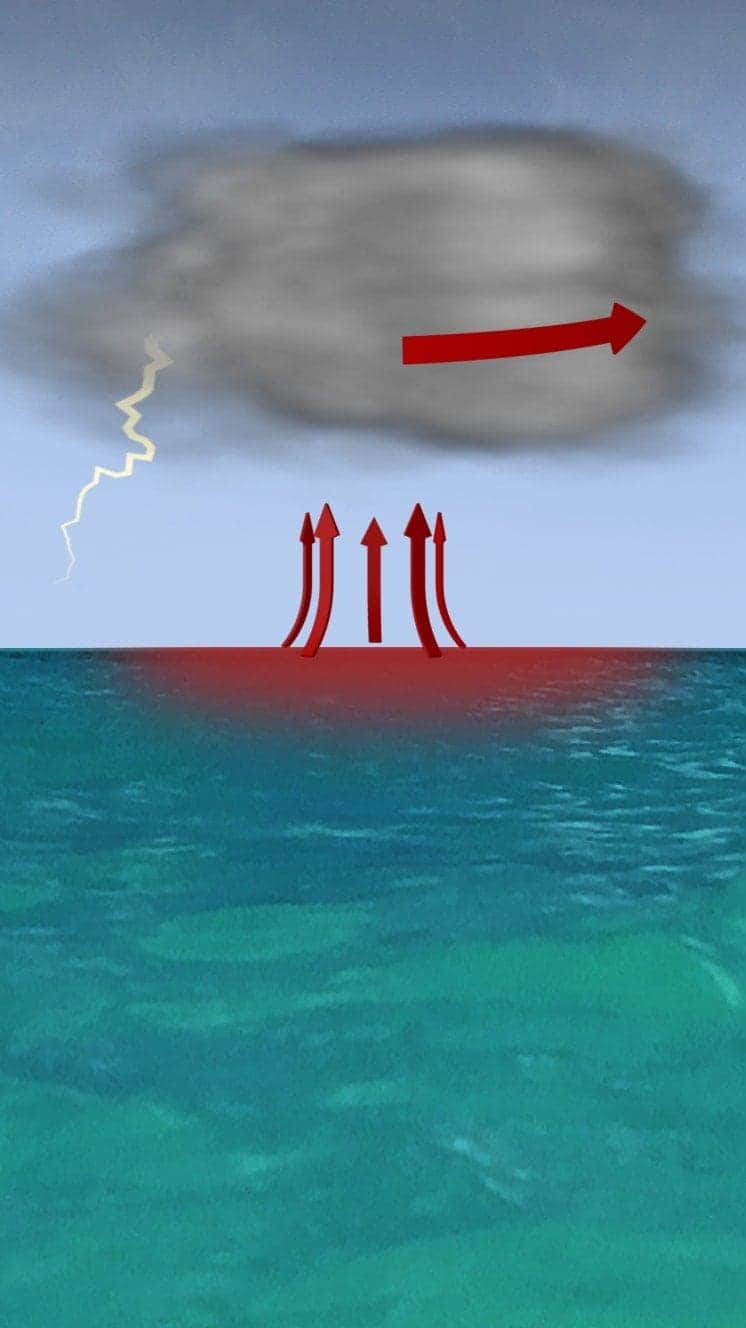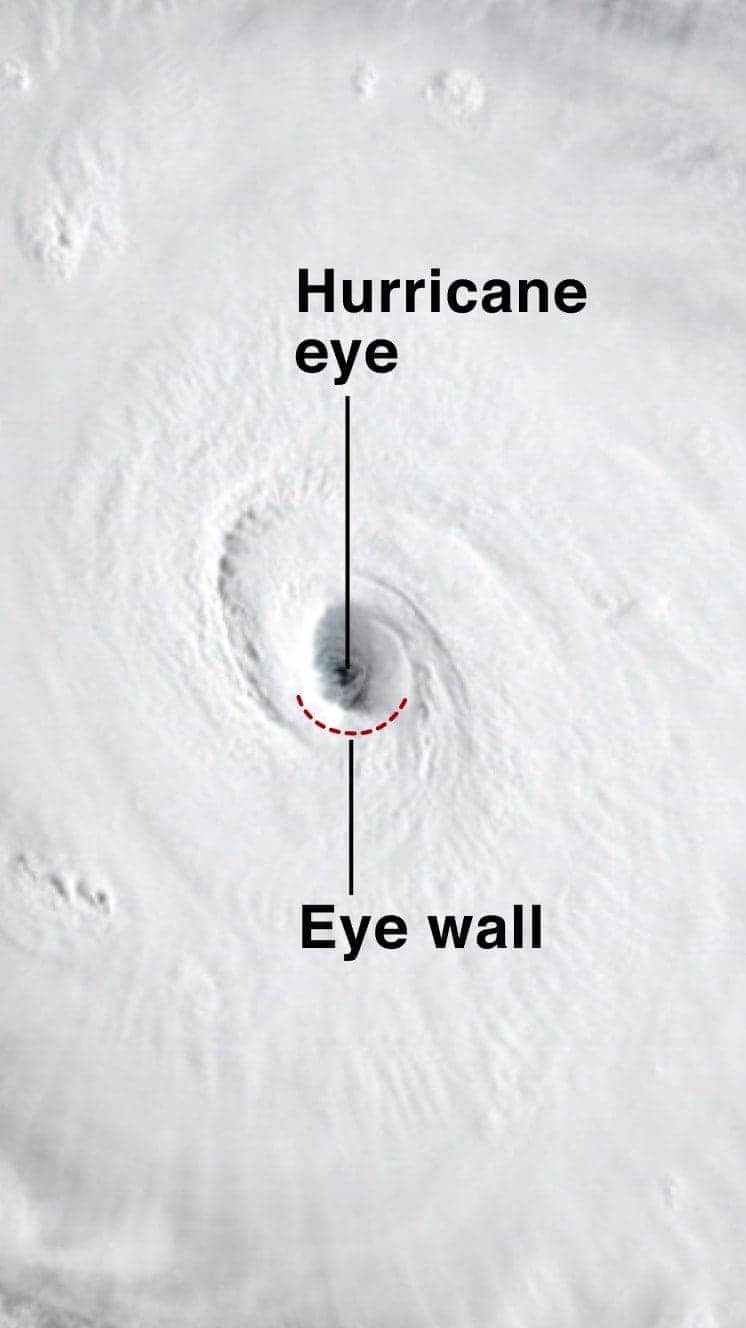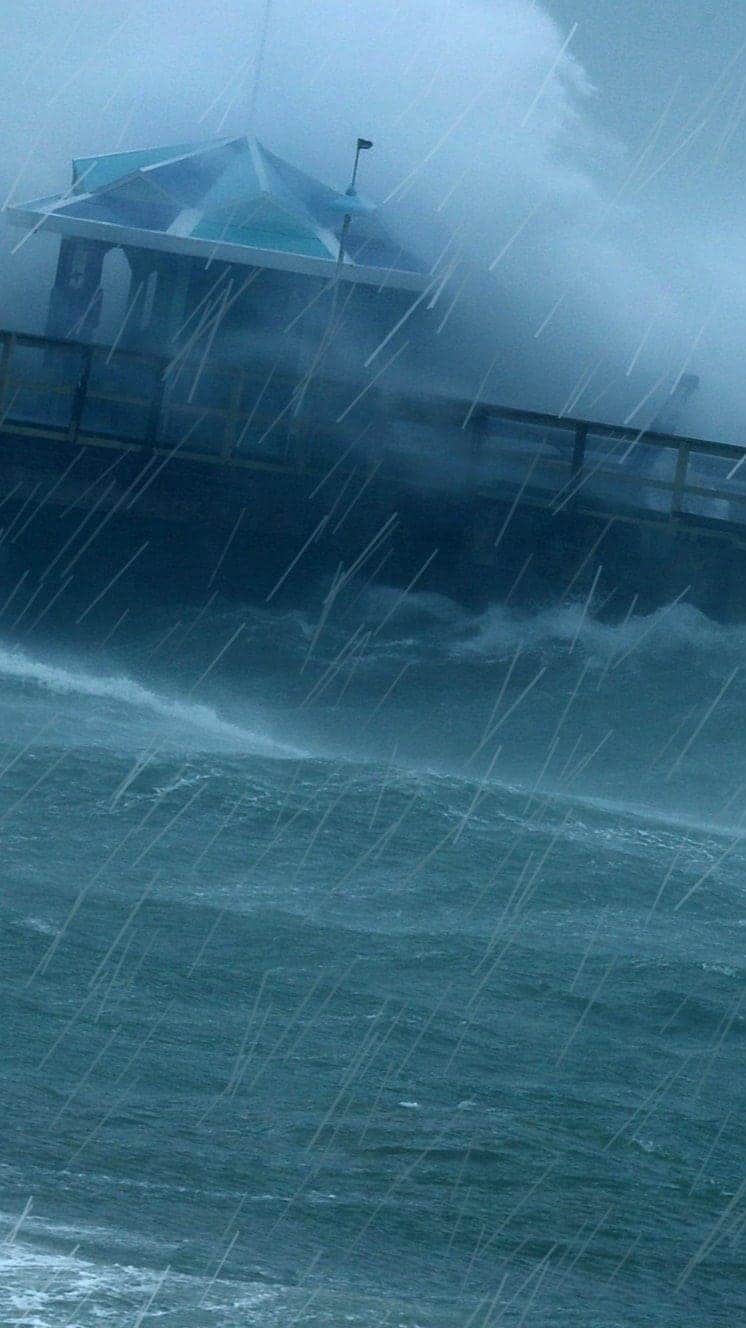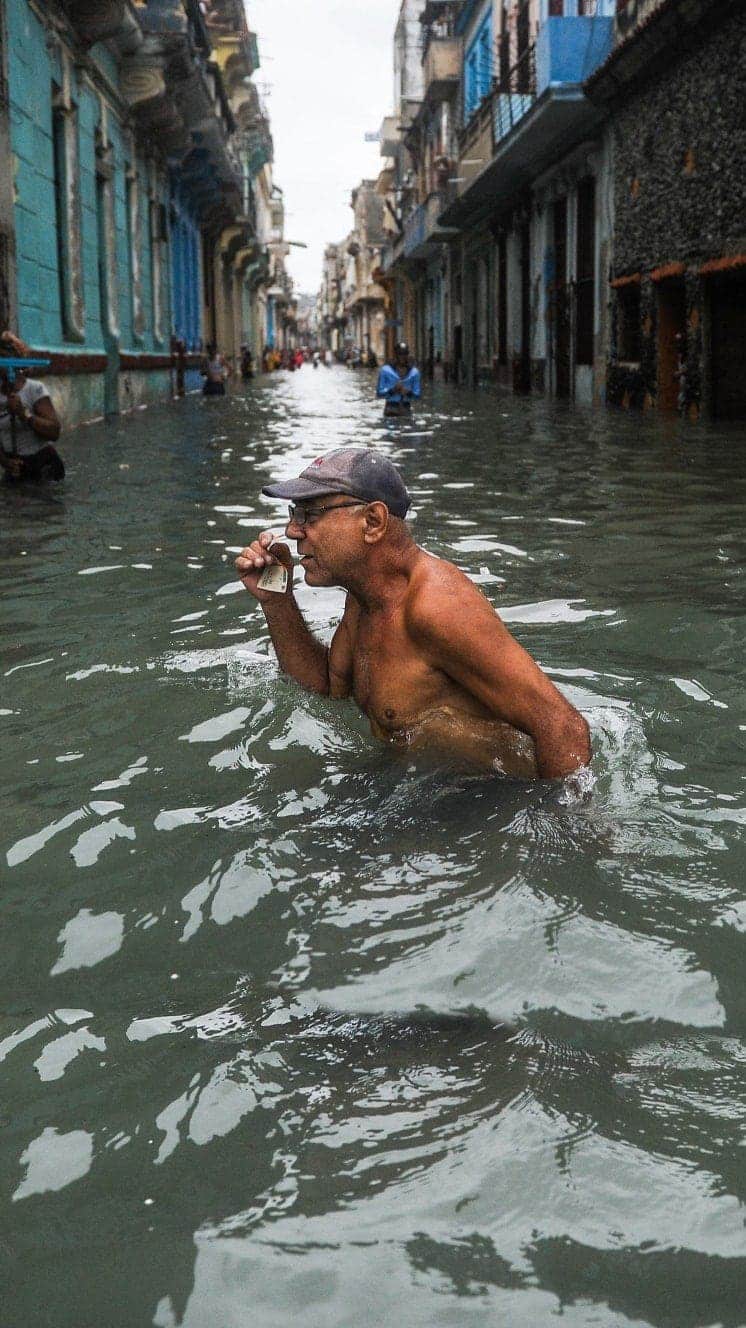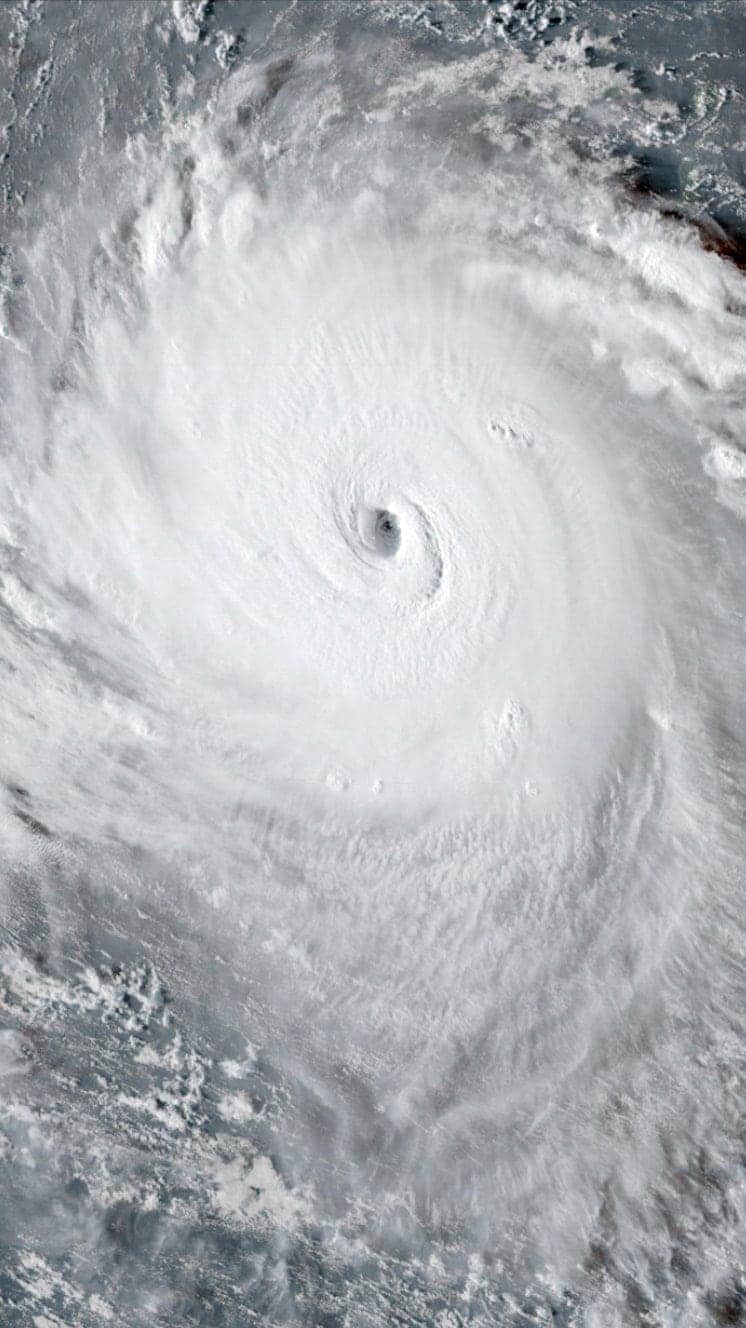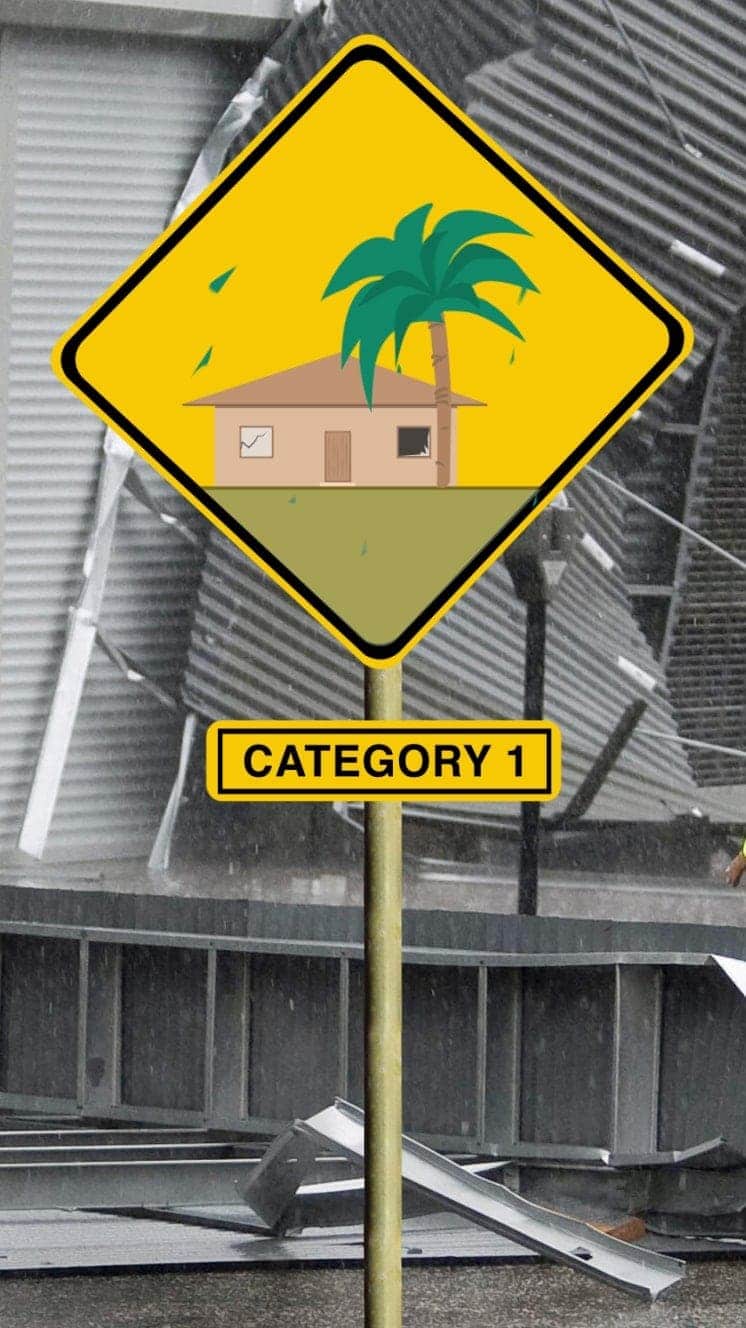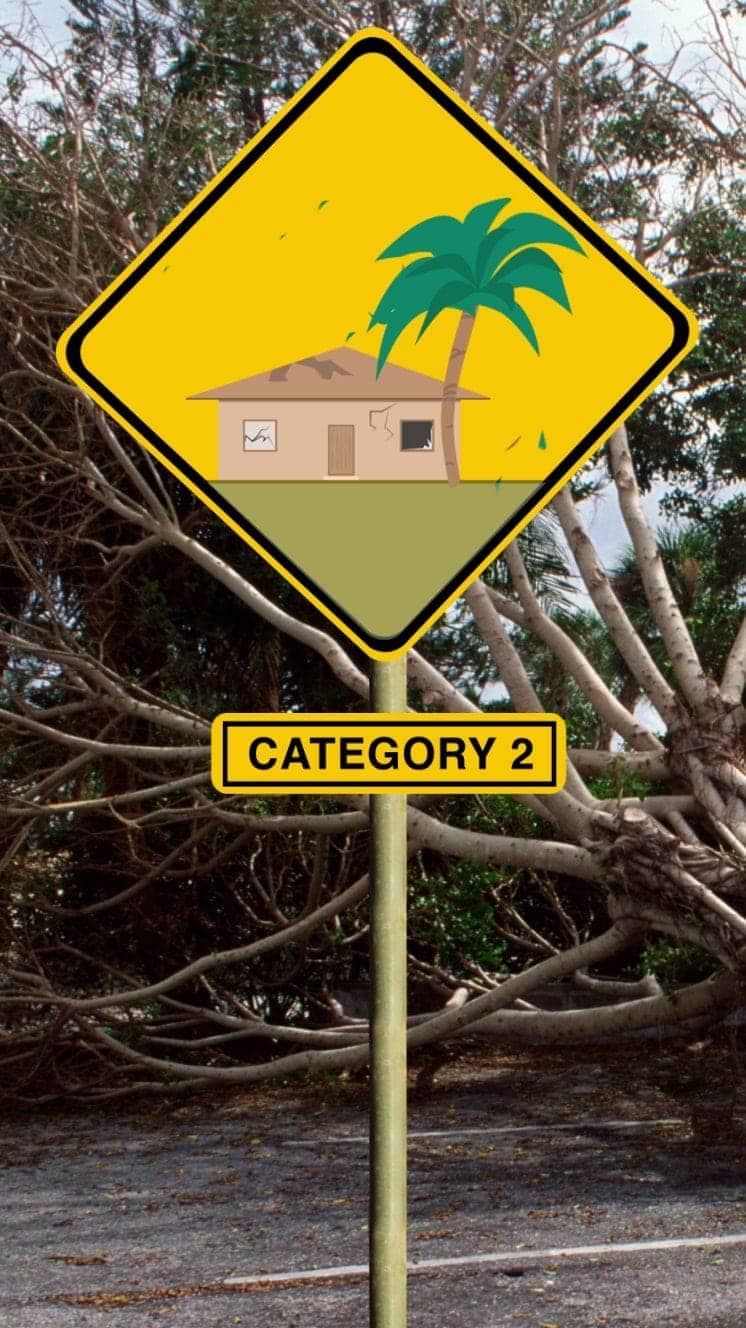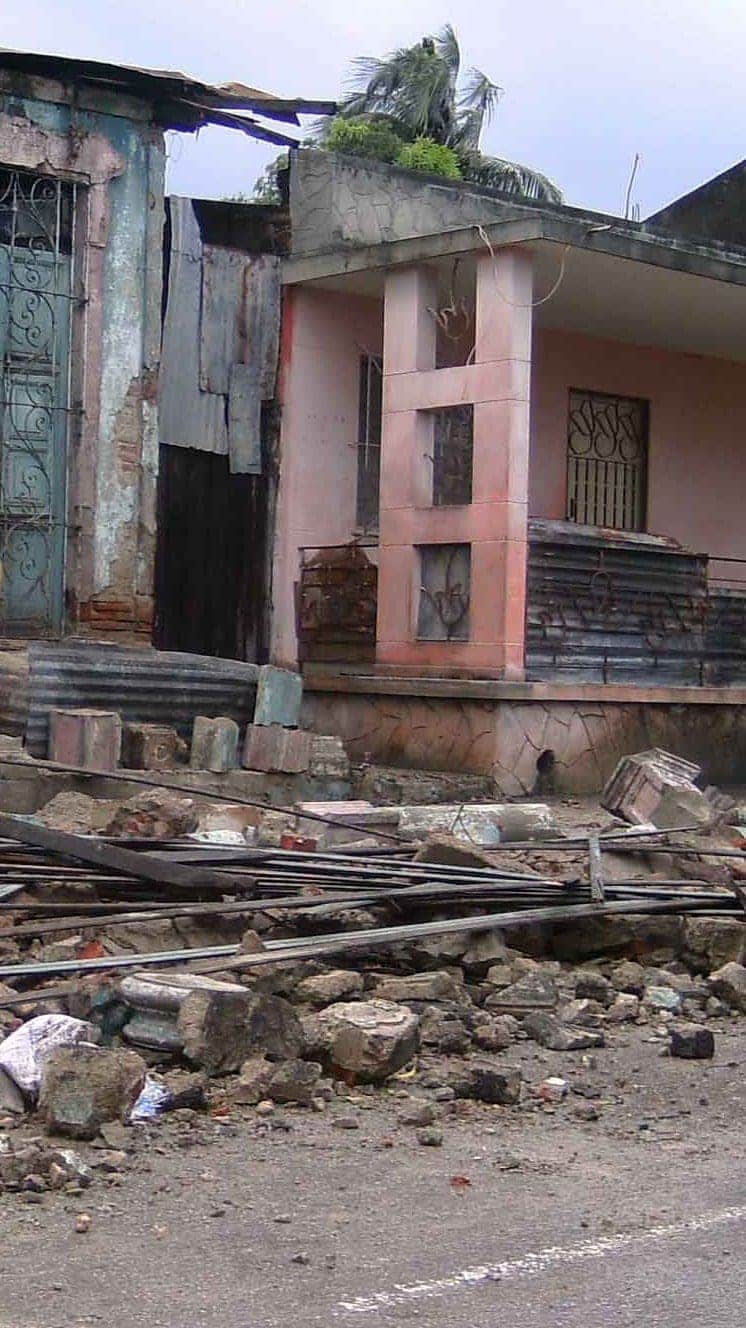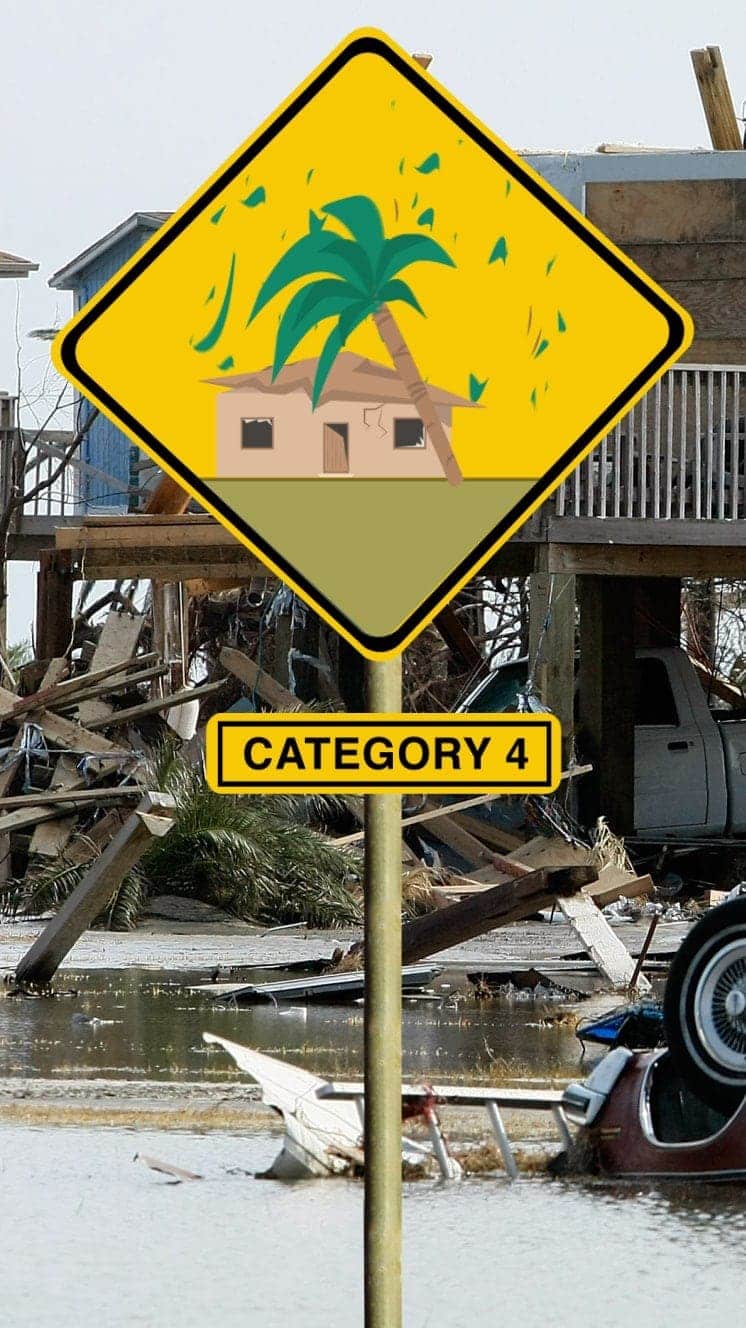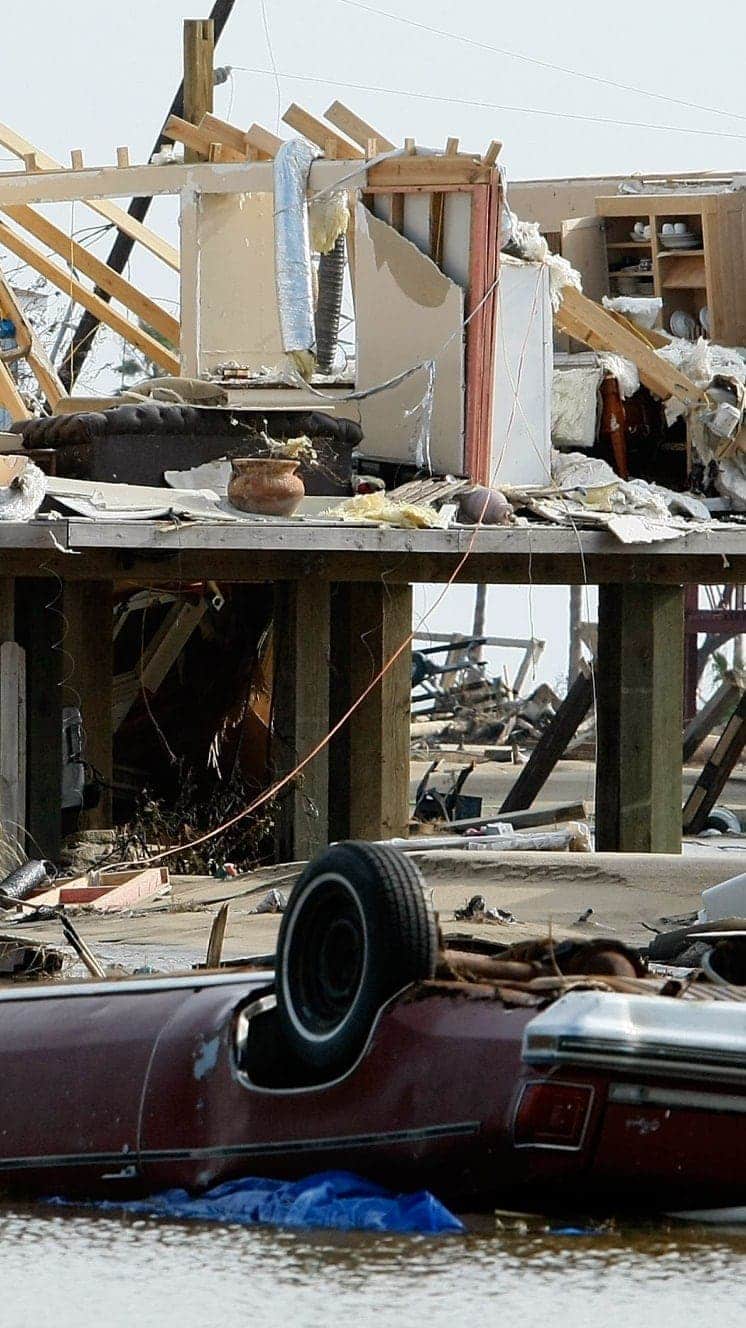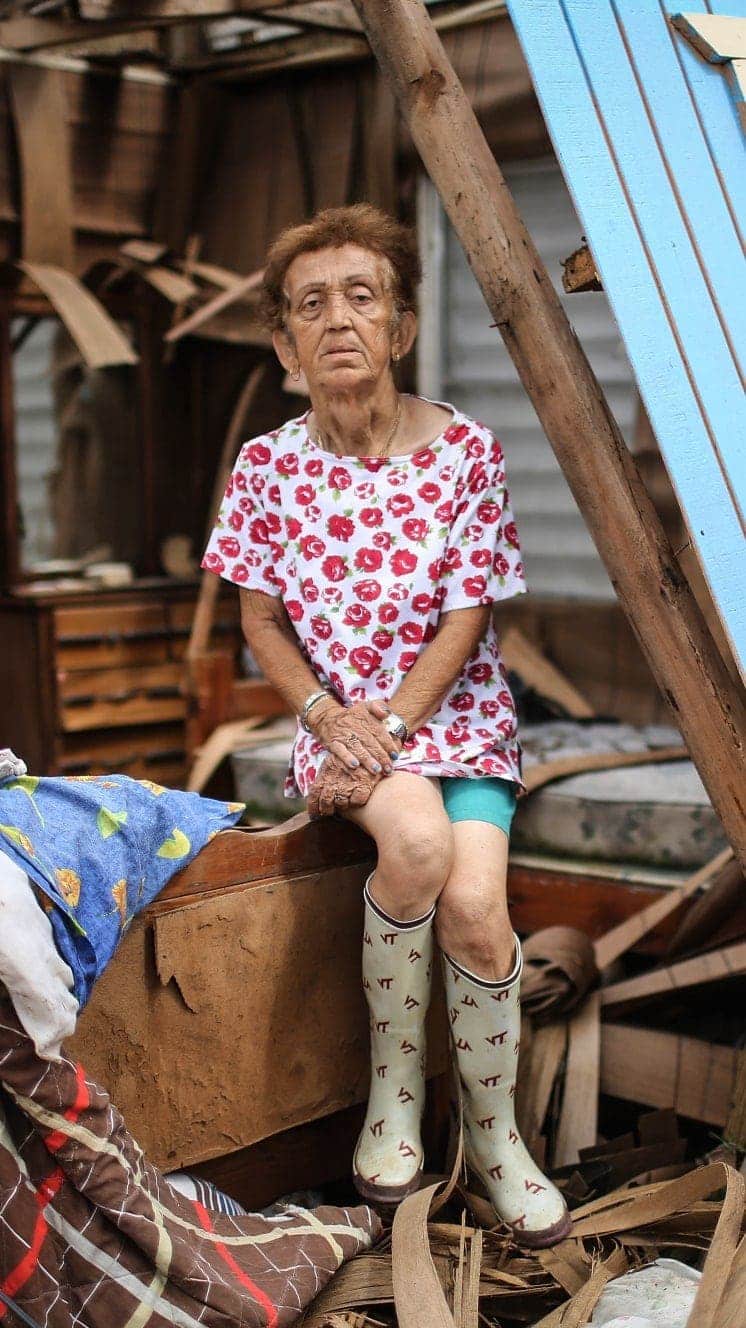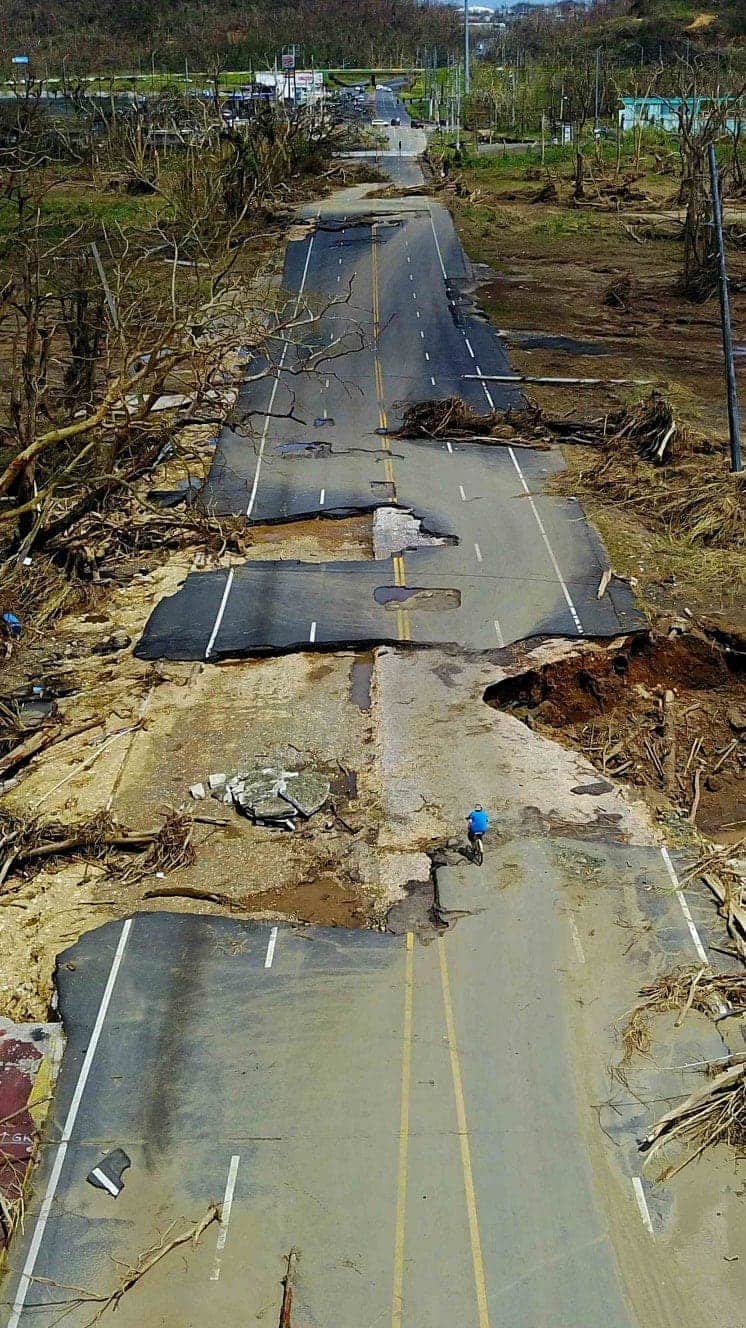Storm Michael: Monster storm mauls US south-east
- Published
Aerial footage shows the destruction in Mexico Beach, Florida
One of the strongest storms in recorded history to hit the US has battered north-west Florida, flooding homes, washing out beaches and snapping trees.
Rescue services are beginning to assess the full impact of Hurricane Michael, which made landfall on Wednesday afternoon as a category four storm with 155mph (250km/h) winds.
At least six people have been killed, most of them in Florida.
Having weakened to a tropical storm, Michael has been hitting the Carolinas.
Storm-surge warnings are still in place, the US National Hurricane Center says, and residents across the southern US have been warned of the continuing danger from downed powerlines, flash floods and landslides.
Storm Michael's trail of devastation
There are fears for people who ignored evacuation warnings in some of the areas now flooded.
Hundreds of thousands of homes and businesses were left without electricity in Florida, Alabama and Georgia.

Debris in Panama City, Florida
How powerful was Michael when it landed?
Michael made landfall near Mexico Beach, Florida, at around 14:00 (18:00 GMT) on Wednesday.
It ranks among the most powerful hurricanes to hit the US in terms of wind speed and barometric pressure, comparable to Hurricane Andrew in 1992.
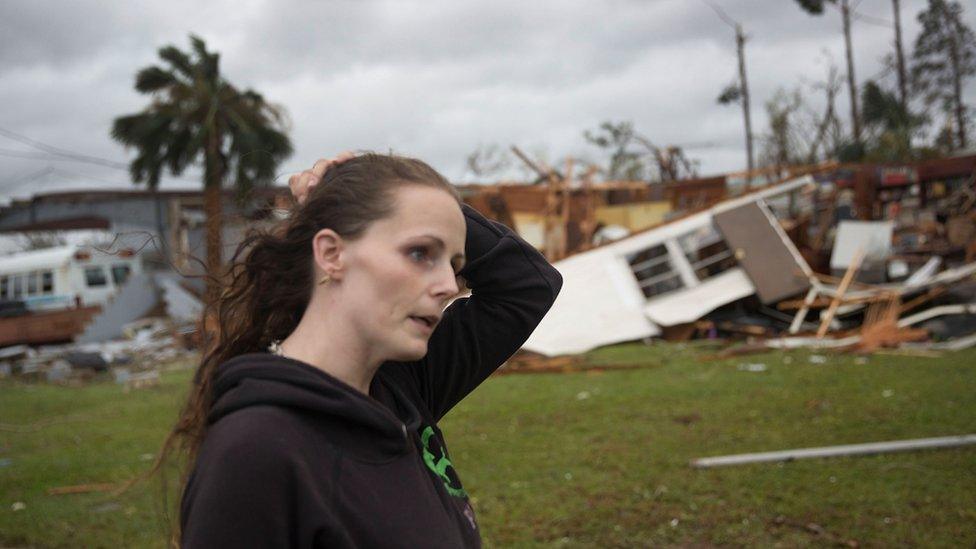
Trailer homes were ravaged in Panama City, Florida
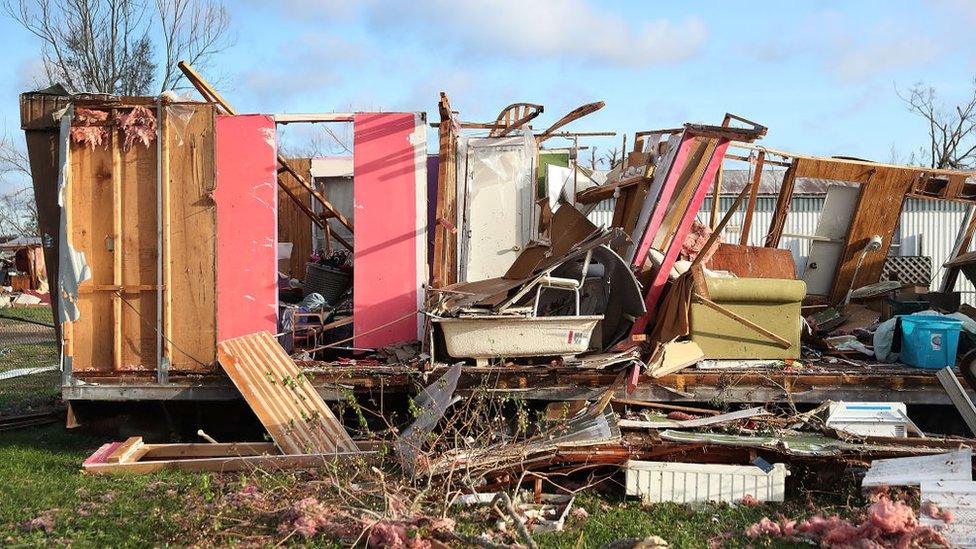
Michael was so strong as it swept into Florida that it remained a hurricane for hours as it moved further inland, before being downgraded to a tropical storm.
Its rapid intensification caught many by surprise, although the storm later weakened.
Unusually warm waters in the Gulf of Mexico turbo-charged the storm from a tropical depression on Sunday.
Hurricane Michael strikes Florida
On Tuesday it was still a category two hurricane but by Wednesday morning it had reached borderline category five, the highest level.
Who are the victims?
Florida officials say at least four people died as a result of the storm in Gadsden County.
In Seminole County, Georgia, a metal car-shelter lifted by a gust of wind hit a mobile home, killing a girl of 11.
And a man died when a tree fell on his car near Charlotte, North Carolina on Thursday.
Michael earlier reportedly killed at least 13 people as it passed through Central America: six in Honduras, four in Nicaragua and three in El Salvador.
How badly was Florida hit?
The storm has knocked out power to more than 900,000 homes and businesses.
More than 370,000 people in Florida were ordered to evacuate but officials believe many ignored the warning.
The coastal city of Apalachicola reported a storm surge of nearly 8ft (2.5m).
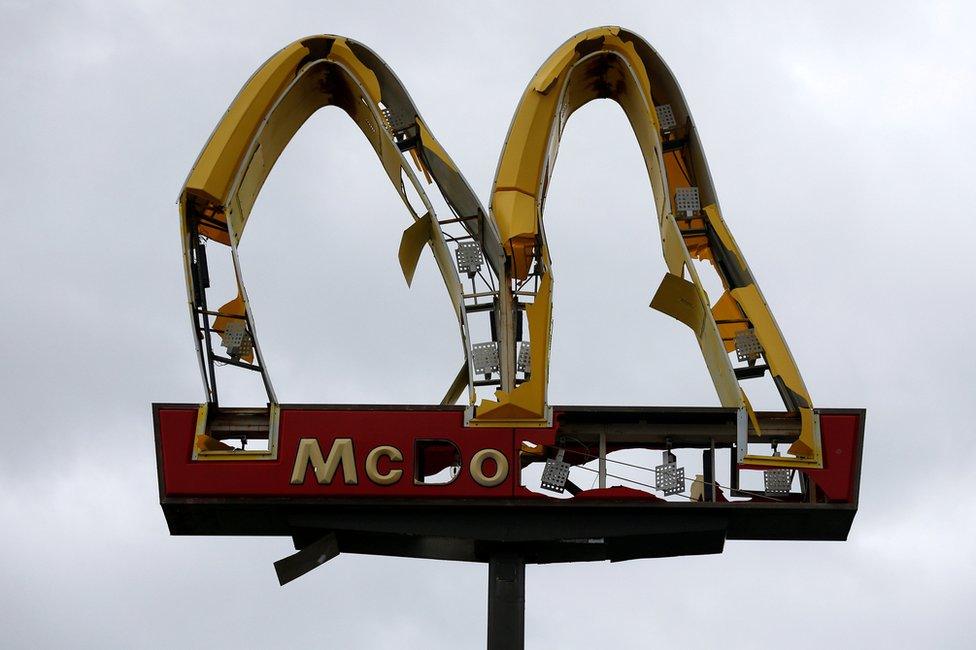
This McDonald's sign was twisted by the storm in Panama City Beach
"There are so many downed power lines and trees that it's almost impossible to get through the city," local mayor Van Johnson was quoted as saying by Reuters news agency.
Florida Governor Rick Scott said the US Coast Guard had carried out 10 missions overnight, saving at least 27 people.
"So many lives have been changed forever," he told reporters. "So many families have lost everything. This hurricane was an absolute monster."
Images from Mexico Beach show many homes submerged in water, and there was severe damage to buildings in the state's Panama City area.
A journalist with the Tampa Bay Times said, external neighbourhoods in that city "looked like a child's playroom after a massive tantrum".
Hurricane Michael as seen from space

What happens next?
As of early Thursday morning local time, the storm winds had dropped to 60mph, the NHC said.
It warned that communities in north-west Florida and North Carolina faced the threat of life-threatening flooding as rising water moved inland from the coast.
The Carolinas are still recovering from the floods of Hurricane Florence.
States of emergency have been declared in all or parts of Florida, Alabama, Georgia and North Carolina.


Are you in the affected region? What preparations have you made? If it is safe to do so, please get in touch. Email haveyoursay@bbc.co.uk, external.
Please include a contact number if you are willing to speak to a BBC journalist. You can also contact us in the following ways:
WhatsApp: +44 7555 173285
Tweet: @BBC_HaveYourSay, external
Text an SMS or MMS to 61124 or +44 7624 800 100
Please read our terms & conditions and privacy policy
- Published10 October 2018

- Published11 October 2018

- Attribution
- Published1 October 2016
